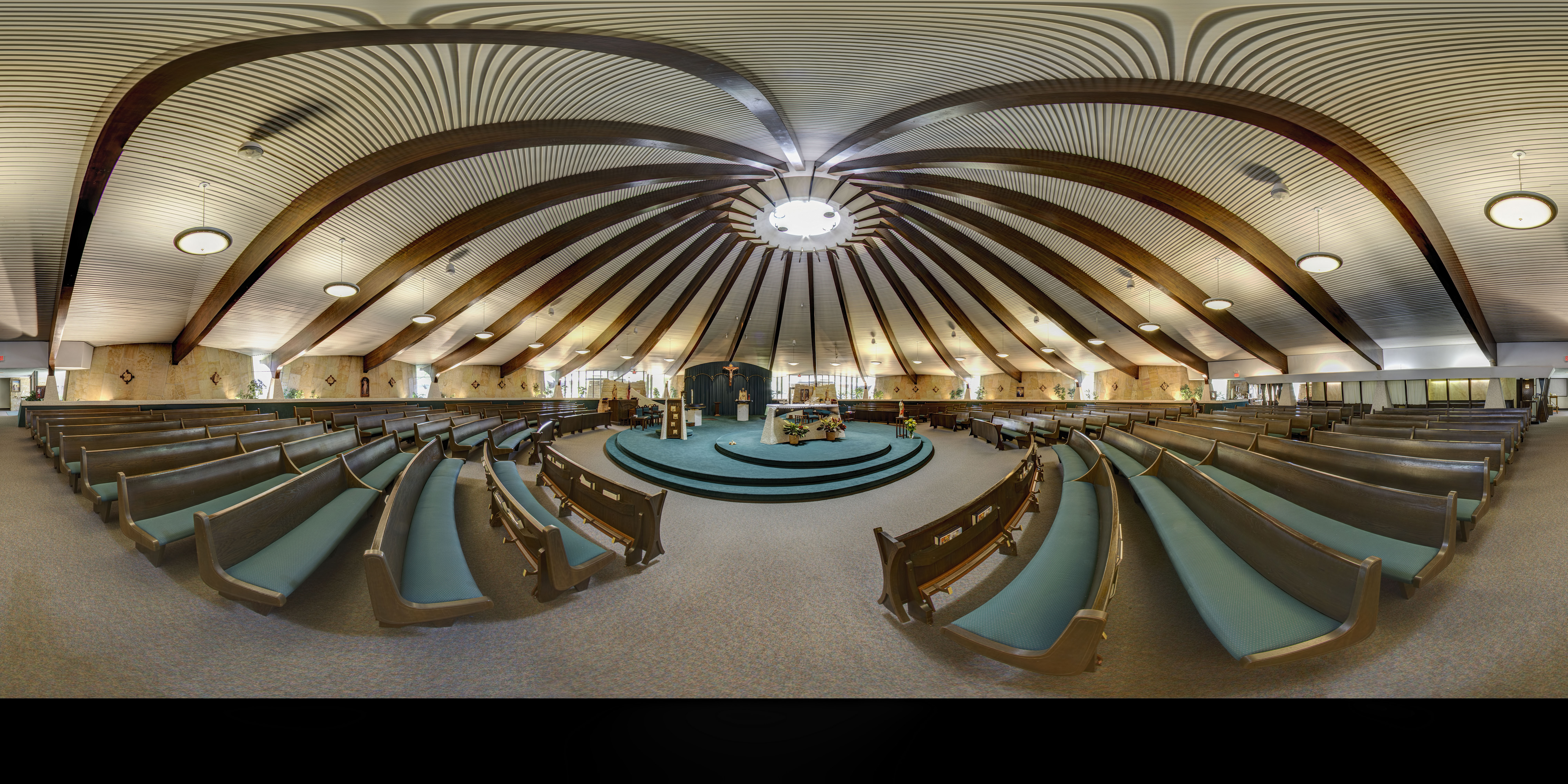“Pre-Vatican II” includes everyone from the Hildegard of Bingen to Teresa of Avila to Edith Stein. Heck, it includes most of Dorothy Day and Thomas Merton’s writings. “Pre-Vatican II” includes the life, witness and prayers of St. Francis of Assisi. “Pre-Vatican II” includes, well, every single Catholic thing that emerged before 1962, I guess.
Category: Catholicism
Not enough words
Memo to Clayton Barnett: Steven’s discussion of Lain can be found here.
Housekeeping
Stuff salvaged from posts I never published.
Maus:
In the 21st century, we have reached the point where Pius X’s observation that modernism is the synthesis of all heresies is beyond dispute. We’ve got Arian’s denial of Christ’s divine nature (I’m spiritual, not religious); Pelegian’s salvation by human effort (CRT, taking the vaxx jab); gnosticism (trust the experts because they F*cking Love Science™); and a soupçon of Donatism (evil white cis-het men are evil just like those icky pedo priests). It’s not an exhaustive list, but you get the idea.
What is a conservative?
From time to time a debate breaks out in outsider politics between those who prefer meta politics and those who prefer activism. The former takes the view that it is ideas that drive history so getting the ideas right is the priority. The latter notes that we live in the real world not the world of ideas. Keeping the groomers out of the schools, for example, is what matters now. You are not going to talk them out of it so you have to get involved in order to solve the immediate problem
This is a debate that has haunted conservative politics and it was something that haunted radical politics until the 20th century. Conservatives never solved the problem and it eventually ruined them. The reason is they committed to participating in a political system that leaves no room for conservative ideas. Once you sign onto the long list of left-wing taboos and mob rule, there is nothing worth defending. Conservatives became the tax collectors of liberal democracy.
Another non-surprising discovery is that [Bätzing] describes himself as a “conservative.” This is so if we take the word in its modern connotation as one who surrenders, gracefully, to the left. Surrender is precisely what he wants, saying he wants the Church to “change.”
Why is the sea boiling hot?
I had planned to post a selection of epigrams for this year’s post-a-favorite-poem entry today, but Maureen Mullarkey’s commentary yesterday on Chicago finger food as served by Cardinal Cupich calls for more Lewis Carroll. So, here’s “The Walrus and the Carpenter.”
The sun was shining on the sea,
Shining with all his might:
He did his very best to make
The billows smooth and bright —
And this was odd, because it was
The middle of the night.
The moon was shining sulkily,
Because she thought the sun
Had got no business to be there
After the day was done —
‘It’s very rude of him,’ she said,
‘To come and spoil the fun.’
The sea was wet as wet could be,
The sands were dry as dry.
You could not see a cloud, because
No cloud was in the sky:
No birds were flying overhead —
There were no birds to fly.
Two weeks early
Here’s an old shape-note hymn, “Star in the East” or “Brightest and Best,” from William Walker’s The Southern Harmony and Musical Companion. It’s actually an Epiphany hymn, but since “We Three Kings” is inescapable at this time of year, I figured I can post it for the Christmas season.
Southern Harmony is an interesting historical document, by the way. While it contains much worthwhile music, it also has such curiosities as “The Romish Lady.”
There was a Romish Lady brought up in Popery,
Her mother always taught her the priest she must obey;
O pardon me, dear mother, I humbly pray thee now
For unto these false idols I can no longer bow.Assisted by her handmaid, a Bible she conceal’d,
And there she gain’d instructions, till God his love reveal’d;
No more she prostrates herself to pictures deck’d with gold.
But soon she was betray’d….
Betrayed by her mother, she is thrown into a dungeon by priests, brought before the Pope and condemned to be burnt to death. Such was the state of ecumenism in the 19th-century United States.
Home from Korea
There is extensive coverage of Fr. Emil J. Kapaun’s return to Kansas here. His tomb is in the Wichita cathedral, which for many years was my parish church.
There’s quite a bit more about Fr. Kapaun here.
Incidentally, the first high school I did time in1 was named for Chaplain Kapaun, but don’t hold that against him.
Divergence
The fact that our gal Flannery is repeatedly castigated and critiqued for “racism” when….hoo boy ….have you read Hemingway lately?
Let me put it this way. I would have no problem teaching any work of O’Connor – even a story with a title like “The Artificial Nigger” to any group of students, while I would give serious pause to teaching something like The Killers or The Battler.
What’s the difference? Well, if you are agonizing over whether or not O’Connor was racist, you should take a look at those two stories, compare and contrast. In Hemingway, his narrators regularly describe and characterize Black characters by the n-word, and describe their characteristics in those terms – as qualities or quirks specific to Black people – but not called Black. In O’Connor, her characters may think racist thoughts and treat Black people poorly…because that’s what those characters would do. And racist characters are there, not just because they were in her world and she was committed to accuracy, but because they are, and are ultimately understood as, one more specimen of that thing called Pride.
It doesn’t make it super-easy to have students encounter these words and descriptions and views, but at least in O’Connor they are presented as expressions of specific characters living in a specific place. Hemingway, being a bit more abstracted from time and place in many of his stories, has his mostly objective narrators describe Black characters in racist, stereotypical terms.
In O’Connor’s world, racism exists in the world, but it is obviously a damaged part of a fallen world. In Hemingway, racist attitudes are just The Way It Is, no problem, no argument, no tension.
The Great Heresies, musical edition
(Via Dale Price.)
Ideology and Mrs. Turpin
So Flannery O’Connor was an irredeemable racist and must be expunged from our culture? Here’s “Revelation,” one of her last stories. Read it, and judge for yourself.
A consequence of liturgical reform
Amy Welborn, in a discussion of David Lodge’s novels:
My mother stopped going to Mass in the early 1970’s, just about the time that Souls and Bodies ends. It is not that she lost her faith. It is, as she probably would have said, that her faith lost her. She just could not stand it anymore. It broke her heart to go to Mass, to be forced to hold hands and listen to banalities and hear the blustery aging cantor belt out Kris Kristofferson’s “Lord, Help Me Jesus,” she who was raised by an aunt and uncle, skilled amateur musicians who played classical sacred music on organ and violin in their small French-Canadian parish in Maine. She stopped going, she would have told you, because there was no use in confessing that she had missed Mass, since she had no firm purpose of amendment. She had no intention of going back. And she never really did, until she died in 2001, her Requiem Mass in the funeral home chapel, led by some splinter SSPX fellow from somewhere in East Tennessee, not mentioned in the obituary since they were convinced the diocese would shut it down if they heard.
That new church smell …
St. Joseph Church, Andale, Kansas
… is curing varnish.
St. Joseph Church in Andale, Kansas, isn’t actually a “new” church. The current building was probably built during the first quarter of the 20th century (the parish history is vague on specific dates). However, it was damaged by a lightning-caused fire last year and has only recently been reopened after repairs and renovations.
Unlike most of the churches that I’ve been photographing, St. Joseph actually looks like a Catholic church, not a box or a spaceship.
The panorama is best viewed in the full-screen mode.
Saints in space
Here’s another example of a faddish round church built in the later 20th century, All Saints in Wichita. It’s not ugly, but it reminds me more of main deck of a spaceship than a place of worship. It was dedicated in 1965, a year before the debut of the original Star Trek, so it’s probably safe for altar boys to wear red cassocks.
To view the detailed interactive panorama, click here.
Incidentally, the pastor of All Saints, Fr. Hien, whom I remember as an energetic and cheerful seminarian, is a refugee from Viet Nam who’s had an interesting life (PDF).
Odds and ends
Items of interest I came across recently.
Is anything still forbidden in Hollywood?
Jesuits, communism and Rod Dreher.
Jesuit vows and the Papacy. (Via TS)
The post-war conservative movement in the United States has not turned back the clock a single minute and has succeeded only in gradually lowering marginal tax rates as same-sex marriage became law in all 50 states….
If anyone else was interested in creating something like The Lamp it would have existed already. (In point of fact, something like it did exist in the late ’60s and early ’70s: Brent Bozell’s Triumph, almost certainly the only publication in which one could have read things like the traditionalist Catholic case for Black Panther militancy.1)
***
Bonus link: Elizabeth Scalia on Paul McCartney and Christianity.
Rectangles and circles
One of my ongoing projects is to make panoramas of Wichita area Catholic churches. Here are three recent ones of churches built in the 1950s and 1960s. None of them look like traditional churches, but they serve their purpose, and any of them would be preferable to the Taj Mahony.
The St. Jude (completed in 1967) website claims that its architecture was ahead of its time. Well, maybe, but to me it looks like your basic shoebox.
St. Margaret Mary (dedicated 1955; the “dropped” ceiling dates to 1992), with its ceiling cutout spanning the length of the church, is a variation on the shoebox.
The circular Christ the King (dedicated 1968) is definitely not a shoebox. It looks to me like something you would find on another planet built by friendly aliens. The parishioners I’ve spoken to are proud of it, and you can certainly do worse.
Previous, more traditional-style Wichita churches: St. Anthony; Cathedral of the Immaculate Conception.
Click on the names of the churches at the lower left corners of the images to see the panoramas larger.
Just wondering
Are there vocational counselors in the Vatican? It occurs to me that Pope Frankie’s job is an inadequate outlet for his talents. He probably would find a position such as, say, company spokesman for the UN more suited to his abilities.
***
Post title of the day:






